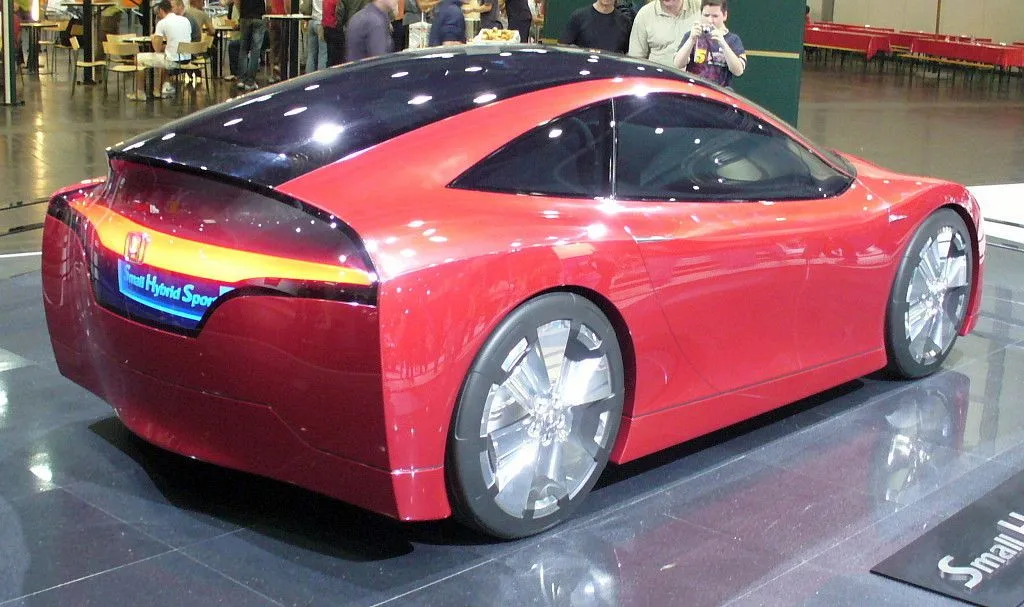### ## The all electric impossible challenging future
Part 3.
Is the electric engine the best solution to stop global warming? I reiterate my liminary warning against “fast-food” approaches. If you gloss over the topic, everything looks great. If you delve deeper you start to notice the glitches.
Firstly, it is important to note that CO2 is not the sole culprit when it comes to greenhouse gases. Methane is big number 2 and air conditioning refrigerants, if much lesser in volumes, actually have a much higher heat retention effect.
The institutions, though are really focused on CO2. The system used to measure the impact of the gases is called Global Warming Potential (GWP). The impact is measured over time (usually 100 years) and is measured in CO2 equivalent!
Refrigerants used to be extremely harmful to the atmosphere, they got better. The most common one in car AC is HFC-134a and it has a GWP of 1430 over 100 years. Do you understand that it means 1430 times the global warming potential of CO2?
Things are not all dark, Tesla is researching a better gas and uses a new one which has a GWP of 1. That is, as harmful as CO2, but in way lesser quantities than what comes out of an exhaust pipe.

car air vent - Copyright: Mike Bird
Nonetheless, the production of EVs (Electric Vehicles) comes with a hefty CO2 cost, generally 15% higher than similar size ICE (Internal Combustion Engine) cars, but up to 68%.
This CO2 cost is usually compensated by the zero emission when operating, but combined to the wrong electricity produced to charge the batteries (coal power plants still provide a 1/3rd of the world’s consumption), the EVs may end up with a higher carbon footprint.
How the EV qualifies as a climate solution should not be considered only under the question “Do you have an exhaust pipe or not?”.
There is a list of questions worth asking:
- Where is the production located?
- Which country produces which part?
- How is the transportation of the parts done?
- What about the disposal?
- Is the so-called green car even recyclable?
The process of manufacturing EVs, particularly the production of batteries, relies heavily on rare metals. These metals come at an environmental price:
High CO2 emissions and other harmful gases. Plus the ecological consequences of mining and transportation.
Speaking of mining, let's not forget the social and environmental impacts associated with the extraction and transformation of these rare metals. Mining operations often leave scars on the earth, pollute nearby ecosystems, and create social problems in affected communities.

Miners at work on the flank of the "Cerro Rico", Potosi, Bolivia | Photo (CC BY-SA 2.5) by Christiane Meneboeuf (cropped from original)
Moreover, have you noticed the tendency to make electric cars these oversized, heavy beasts that demand excessive power? It's a contradiction to the concept of eco-friendliness. And let's not overlook the fact that the onboard electronics in these new EVs also heavily rely on rare metals, contributing further to the environmental conundrum.
So, while the ban on internal combustion engines may seem like progress, the road to an environmentally friendly future is more complex than it appears. It's crucial to consider the hidden consequences and trade-offs associated with electric vehicle production. Let's not be blinded by the initial allure and instead strive for a sustainable solution that tackles global warming without unknowingly creating a new set of problems.
EVs might be the best solution we have now, but the way we are doing it does not seem so great. We should find a way to use less batteries, make the cars lighter, or prefer the hybrid ones. The focus on zero CO2 emission might as well close the door to more environmentally friendly alternatives.

Honda Small Hybrid Sports Heck- CCO license
The end?